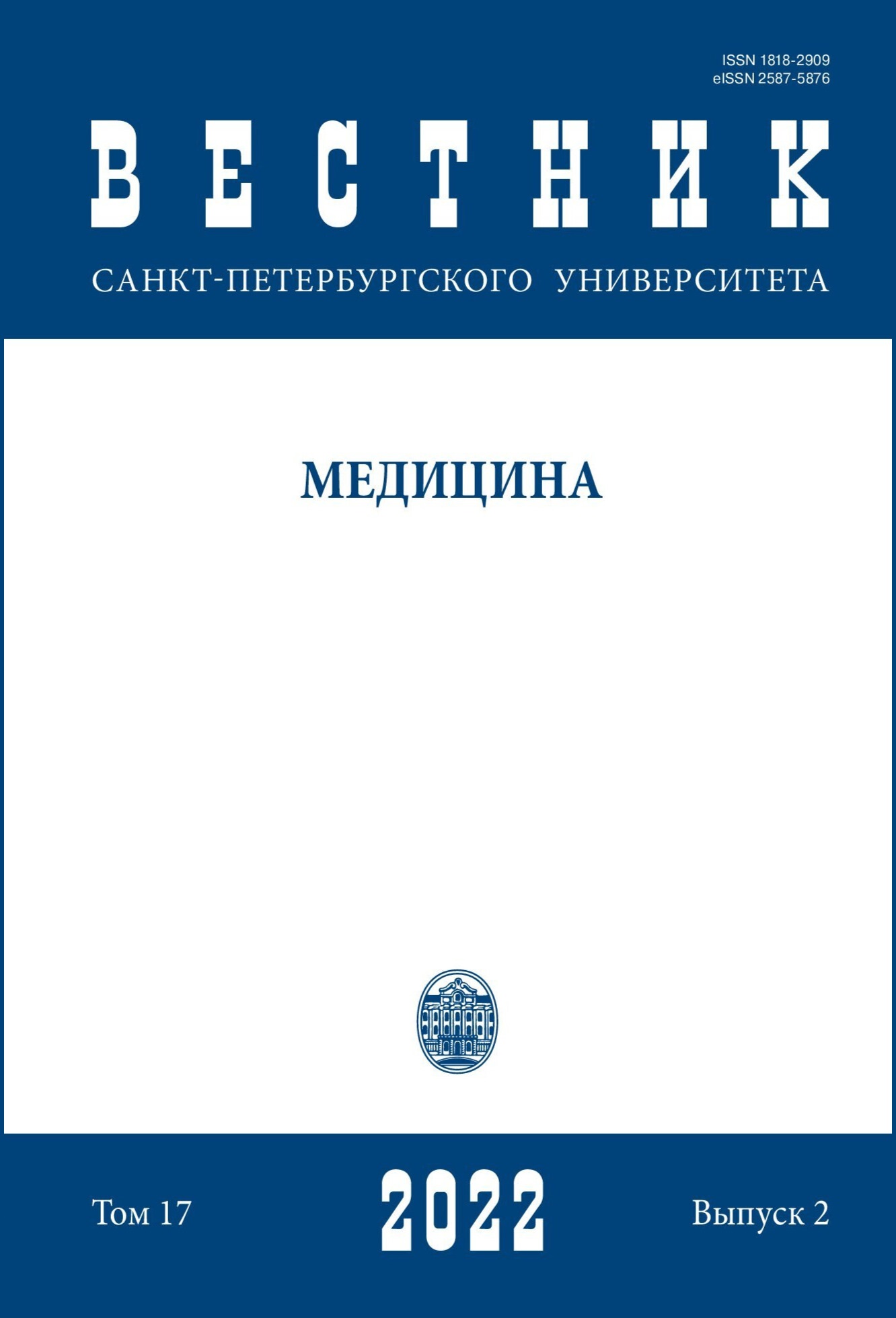Rehabilitation of patients after stroke using biofeedback and a multidisciplinary approach
DOI:
https://doi.org/10.21638/spbu11.2022.201Abstract
The high prevalence of vascular diseases of the brain (mainly as a result of atherosclerotic vascular lesions) makes the problem of rehabilitation of patients with motor disorders, poststroke disorder of higher mental functions — one of the most relevant in modern medicine. Up to 80 % of stroke patients have persistent neurological deficits. About a quarter of these cases are profound disabilities with loss of self-care. The most complete restoration of functions lost after a stroke can be achieved within the first year after the onset of an acute cerebrovascular accident. At the same time, despite the successes of modern neurorehabilitation,
up to 80 % of stroke patients remain disabled. In this regard, the timely provision of adequate emergency medical care for stroke and full-fledged rehabilitation are among the most important tasks of the healthcare system, clinical neurology and neurosurgery. In this article, for use in the system of complex rehabilitation, a biofeedback method on the Pablo apparatus and sessions with a psychologist are proposed. The obtained positive effect is shown in the results of the study and can be proposed for practical use in specialized clinics.
Keywords:
stroke, rehabilitation, biofeedback, psychotherapy
Downloads
References
References
Consilium Medicum, 2016, vol. 13, pp. 39–44. (In Russian)
Downloads
Published
How to Cite
Issue
Section
License
Articles of "Vestnik of Saint Petersburg University. Medicine" are open access distributed under the terms of the License Agreement with Saint Petersburg State University, which permits to the authors unrestricted distribution and self-archiving free of charge.




